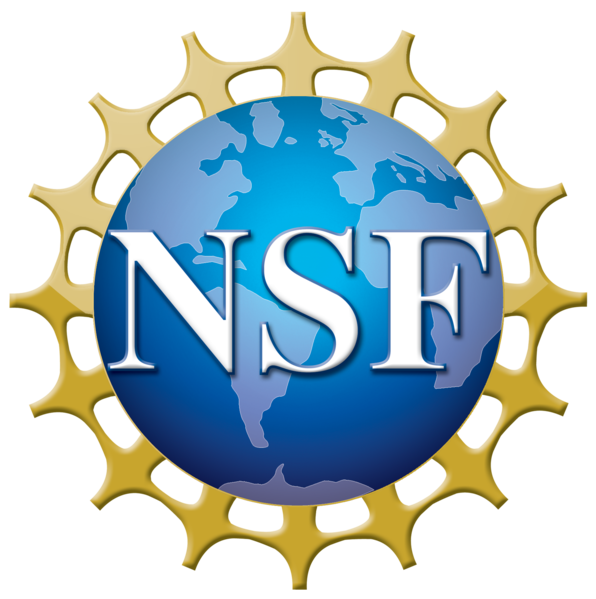arXiv 2411.04395v1
Integrated electro-optic digital-to-analog link for efficient computing and arbitrary waveform generation
Yunxiang Song, Yaowen Hu, Xinrui Zhu, Keith Powell, Letícia Magalhães, Fan Ye, Hana Warner, Shengyuan Lu, Xudong Li, Dylan Renaud, Norman Lippok, Di Zhu, Benjamin Vakoc, Mian Zhang, Neil Sinclair, Marko Lončar
The rapid growth in artificial intelligence and modern communication systems demands innovative solutions for increased computational power and advanced signaling capabilities. Integrated photonics, leveraging the analog nature of electromagnetic waves at the chip scale, offers a promising complement to approaches based on digital electronics. To fully unlock their potential as analog processors, establishing a common technological base between conventional digital electronic systems and analog photonics is imperative to building next-generation computing and communications hardware. However, the absence of an efficient interface has critically challenged comprehensive demonstrations of analog advantage thus far, with the scalability, speed, and energy consumption as primary bottlenecks. Here, we address this challenge and demonstrate a general electro-optic digital-to-analog link (EO-DiAL) enabled by foundry-based lithium niobate nanophotonics. Using purely digital inputs, we achieve on-demand generation of (i) optical and (ii) electronic waveforms at information rates up to 186 Gbit/s. The former addresses the digital-to-analog electro-optic conversion challenge in photonic computing, showcasing high-fidelity MNIST encoding while consuming 0.058 pJ/bit. The latter enables a pulse-shaping-free microwave arbitrary waveform generation method with ultrabroadband tunable delay and gain. Our results pave the way for efficient and compact digital-to-analog conversion paradigms enabled by integrated photonics and underscore the transformative impact analog photonic hardware may have on various applications, such as computing, optical interconnects, and high-speed ranging.


